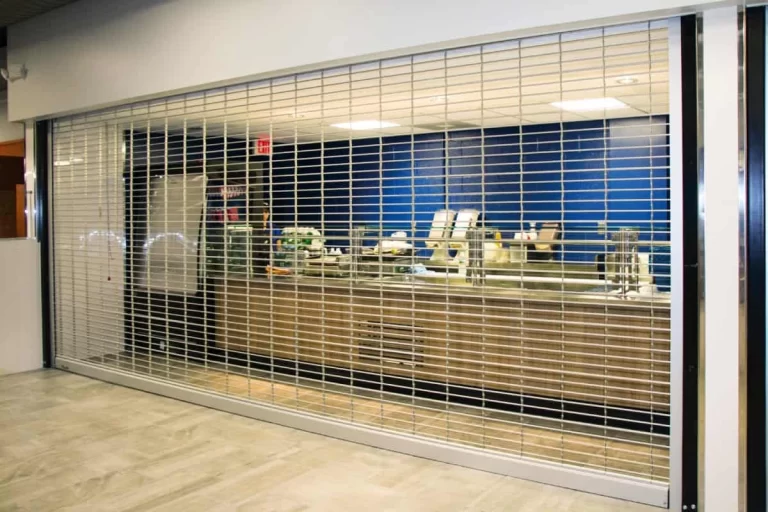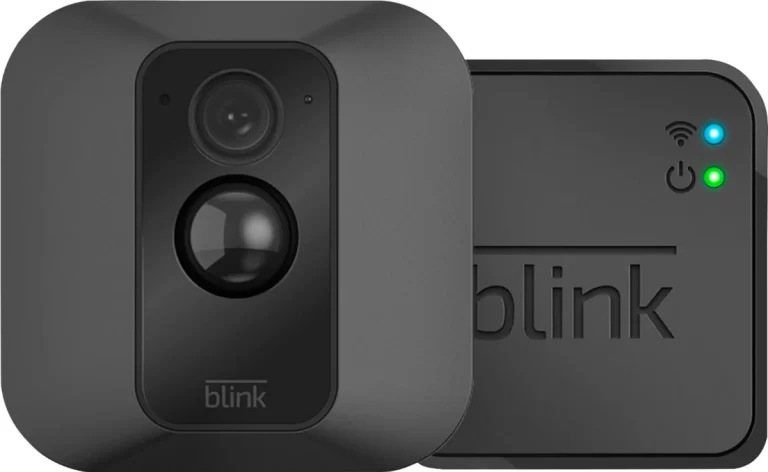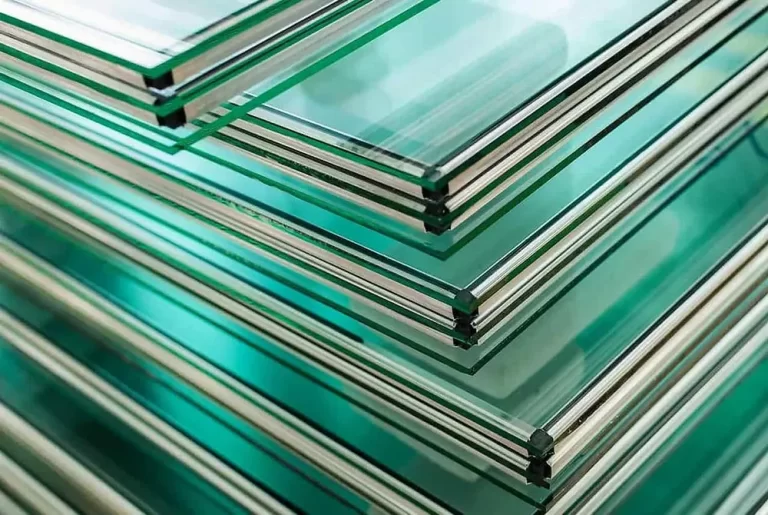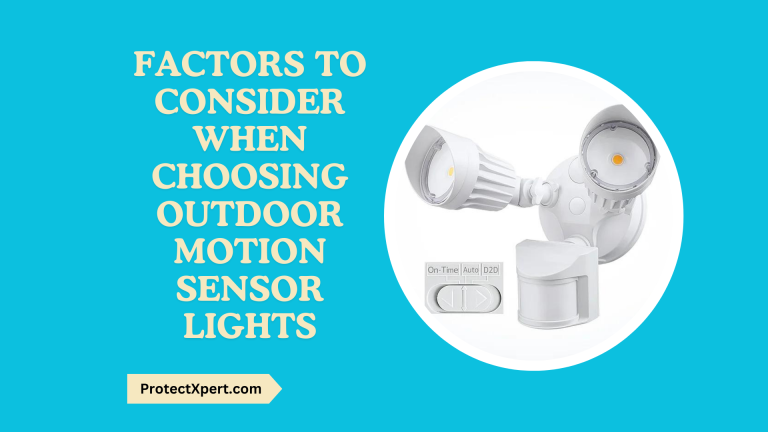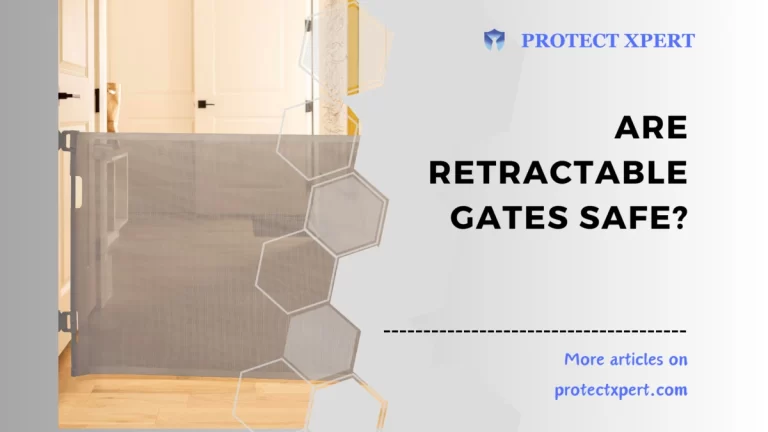Energy Efficient Homes Designs: Top Features to Consider
Discover the secrets to energy efficient homes designs that promote sustainability and lower energy consumption. Learn about innovative features, construction techniques, and benefits of eco-friendly living in this comprehensive guide on energy-efficient home designs.
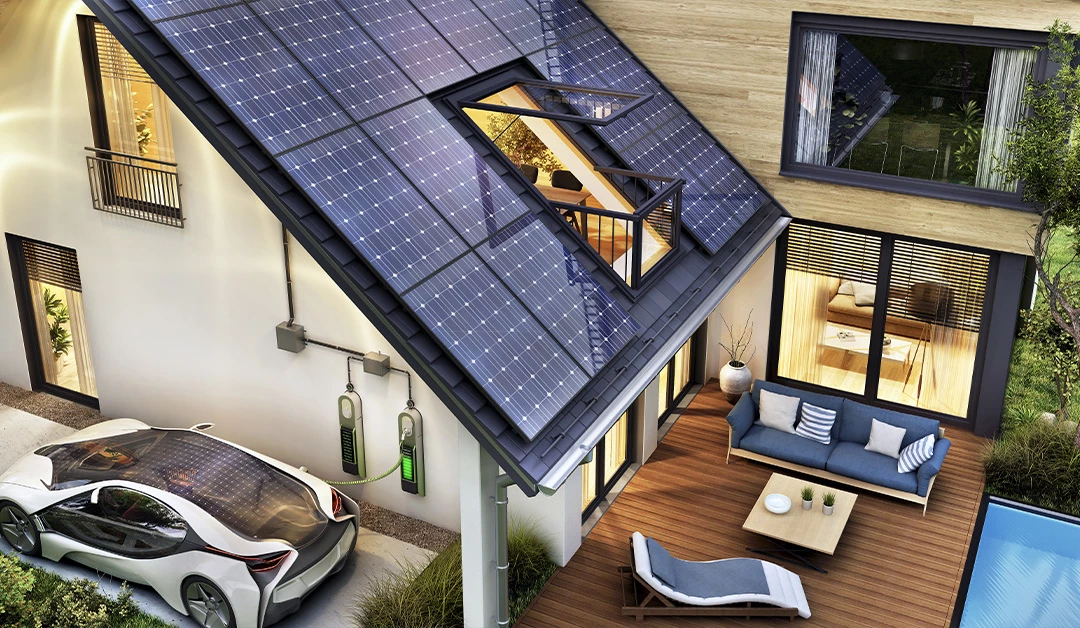
Energy Efficient Homes Designs
Energy-efficient homes are built with a primary focus on reducing energy consumption while maximizing performance and comfort.
These homes utilize innovative technologies and design elements that work harmoniously to achieve optimal energy efficiency. Here are some key components of energy-efficient home designs:
1. Passive Solar Design
Incorporating passive solar design principles, energy-efficient homes optimize natural light and heat from the sun.
South-facing windows, thermal mass, and proper insulation help capture and store solar energy, reducing the need for artificial heating and cooling.
2. High-Quality Insulation
Proper insulation is crucial for minimizing heat loss in winter and heat gain in summer.
High-quality insulation materials, such as cellulose, fiberglass, or foam, create a thermal barrier that keeps the interior comfortable throughout the year.
3. Energy-Efficient Windows
Energy-efficient windows with low-emissivity coatings and multiple panes help prevent heat transfer and reduce energy loss. These windows allow natural light to enter while maintaining a comfortable indoor temperature.
4. Smart Home Technology
Integrating smart home technology enables homeowners to monitor and optimize energy consumption.
Smart thermostats, lighting controls, and energy-efficient appliances contribute to creating a more sustainable living environment.
5. Sustainable Materials
Choosing sustainable and eco-friendly construction materials is essential for reducing the environmental impact of a home.
Incorporating materials like reclaimed wood, recycled glass, and eco-friendly concrete helps promote responsible building practices.
Energy Efficient Homes Designs: The Advantages
Investing in an energy-efficient home design offers numerous benefits, not just for homeowners but for the planet as well. Let’s explore some of the advantages of living in an energy-efficient home:
1. Lower Energy Bills
By reducing energy consumption, energy-efficient homes lead to significantly lower utility bills. Homeowners can save money on heating, cooling, and electricity costs, making their investment financially rewarding in the long run.
2. Environmental Impact
Energy-efficient homes contribute to a cleaner environment by reducing greenhouse gas emissions. Lower energy usage translates into a smaller carbon footprint, helping combat climate change and global warming.
3. Improved Indoor Air Quality
With proper ventilation and reduced use of harmful materials, energy-efficient homes promote better indoor air quality. This leads to a healthier living space and reduces the risk of respiratory issues.
4. Enhanced Comfort
Energy-efficient homes maintain consistent indoor temperatures, providing comfort all year round. Say goodbye to drafty rooms and uneven temperatures, and welcome a cozy living environment.
5. Higher Resale Value
As environmental awareness grows, energy-efficient homes become more desirable in the real estate market.
Homebuyers are willing to pay a premium for sustainable properties, making energy-efficient designs a wise investment.
Energy Efficient Homes Designs: Top Features to Consider
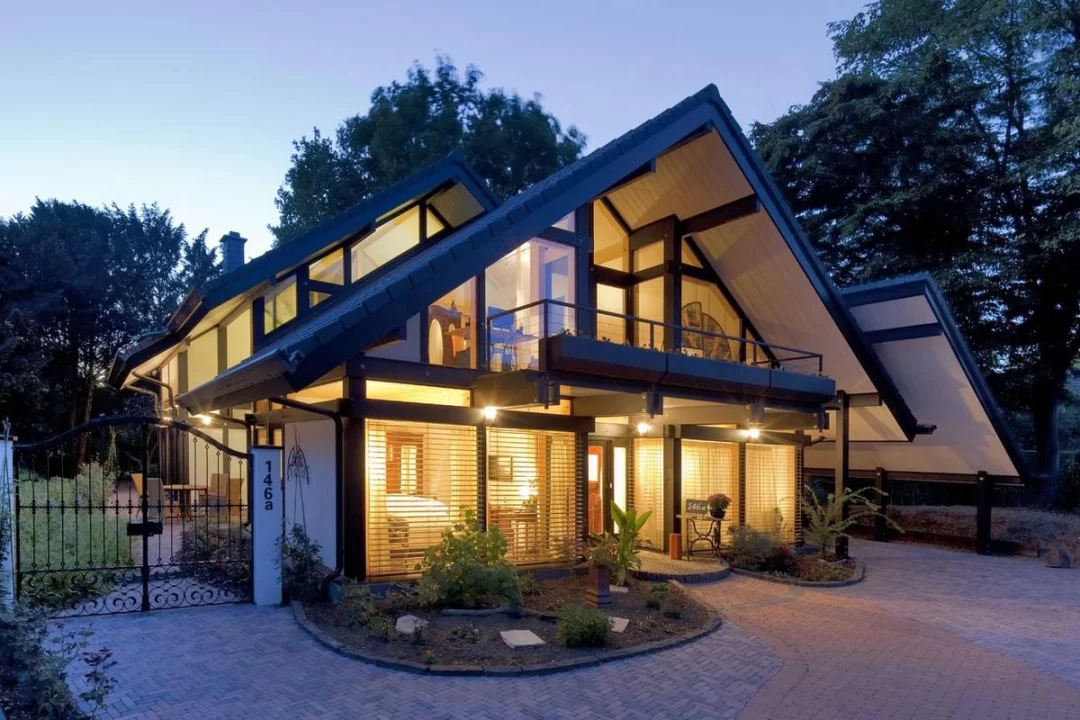
When planning an energy-efficient home, several key features can significantly impact its overall efficiency and sustainability. Let’s explore these features in detail:
1. Green Roof Design
Green roof designs involve growing vegetation on rooftops, providing numerous benefits such as natural insulation, rainwater absorption, and improved air quality.
2. High-Efficiency HVAC Systems
Selecting energy-efficient heating, ventilation, and air conditioning (HVAC) systems ensures optimal indoor comfort while minimizing energy consumption.
Heat pumps, geothermal systems, and smart HVAC controls are excellent options.
3. Rainwater Harvesting
Collecting and storing rainwater for non-potable uses like irrigation and toilet flushing is a sustainable practice. Rainwater harvesting systems help conserve water and reduce the strain on municipal supplies.
4. Energy-Efficient Lighting
Using LED bulbs and energy-efficient lighting fixtures significantly reduces electricity consumption. Motion sensors and dimmers further enhance energy savings.
5. Solar Panels
Installing solar panels allows homeowners to generate their electricity from renewable sources. Solar energy is clean, abundant, and helps reduce dependence on fossil fuels.
Conclusion
Energy-efficient homes designs play a pivotal role in creating a sustainable future for generations to come.
From passive solar design to smart home technology, each element contributes to reducing energy consumption and environmental impact.
Embracing energy efficiency not only benefits homeowners through lower utility bills but also helps protect our planet and its resources.
READ ALSO!!!

